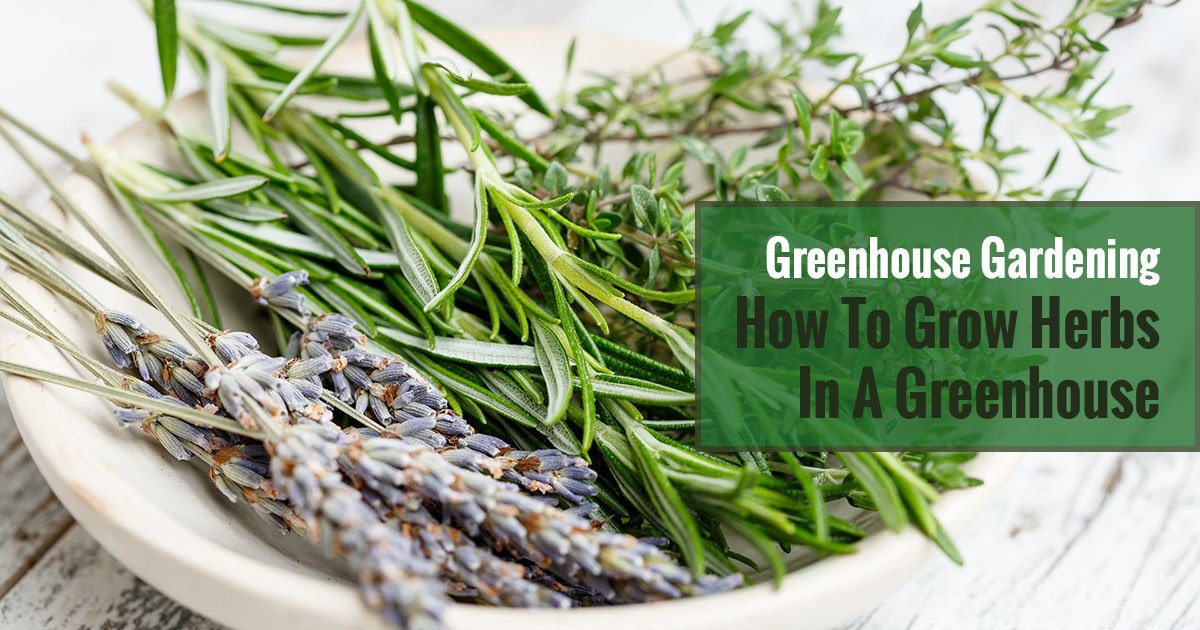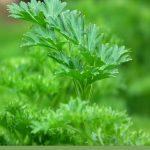
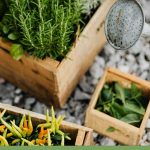
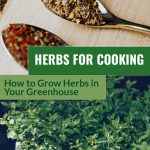

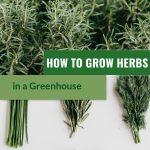
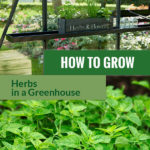
The smell, taste, and medicinal purposes of herbs make them so unbelievably important to many cultures in this world. If you love them as much as we do, you may wonder if you can grow herbs in your greenhouse.
You absolutely can! Growing herbs in a greenhouse is easy and they are great companions to a lot of other plants. We value herbs for their fragrance, taste, and therapeutic benefits. Most of them are for cooking, manufacturing medicines, and even for pest control, not to mention their spiritual functions.
Start your own greenhouse herb garden with the tips and tricks from this article. From seeding to harvesting, you’ll learn everything you need to know about growing herbs in a greenhouse.
What is herbalism?
Some herbs and spices have represented an important role in history. Thyme, for example, is a symbol of bravery. Some prehistoric rituals used basil for soul cleansing. The culinary and healing powers of various herbs have been recognized by nearly all populations and with varying customs.
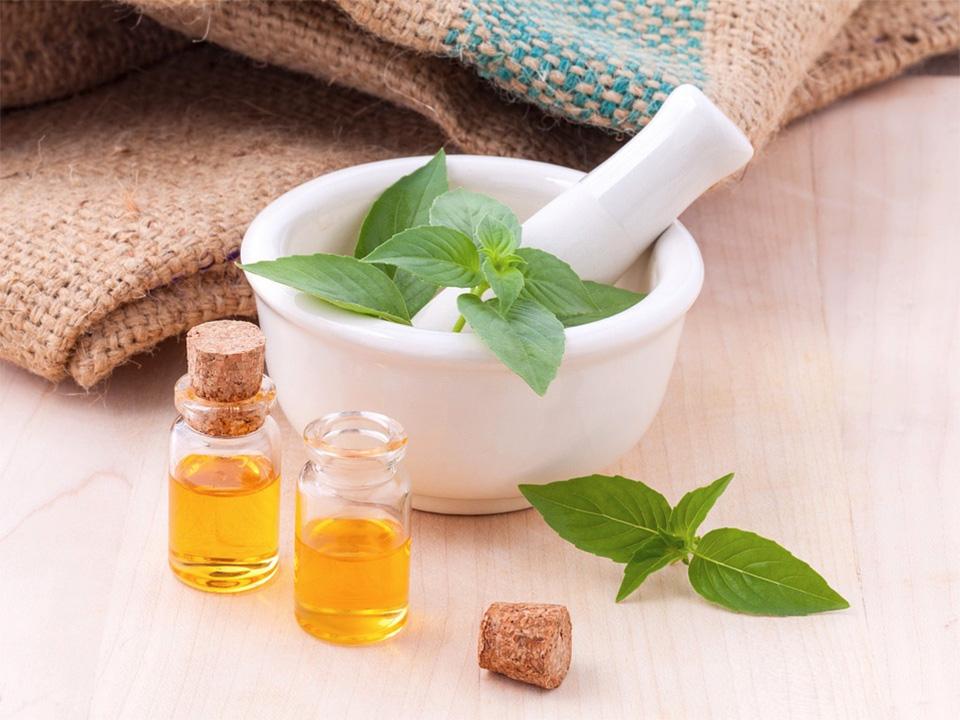
Herbalism applies to traditional therapeutic customs based on the application of plants and their essences. It is also known as phytotherapy or botanical medicine. It is the earliest form of the medical profession with a continuous culture that leads back to the origin of documented history.
Most prescriptions that are presently accessible to Western practitioners have a deep history as herbal treatments, including opium, digitalis, aspirin, quinine, and more. The constitutional situation of herbal ingredients varies from one nation to another. Make sure to ask for recommendations from doctors before adopting herbal medicines.
We can see herbs almost everywhere and sometimes take them for granted. Some herbs, like lemongrass, are even confused for weeds because most of them require little attention and grow easily. It will give elegance, scent, and of course an overflowing essence in your kitchen.
A greenhouse can help you extend your growing season and let you appreciate homegrown herbs at almost any time of the year. You can simply use the soil in your greenhouse floor or also beautiful pots and planters. You may store your container-grown herbs inside a heated greenhouse in winter.
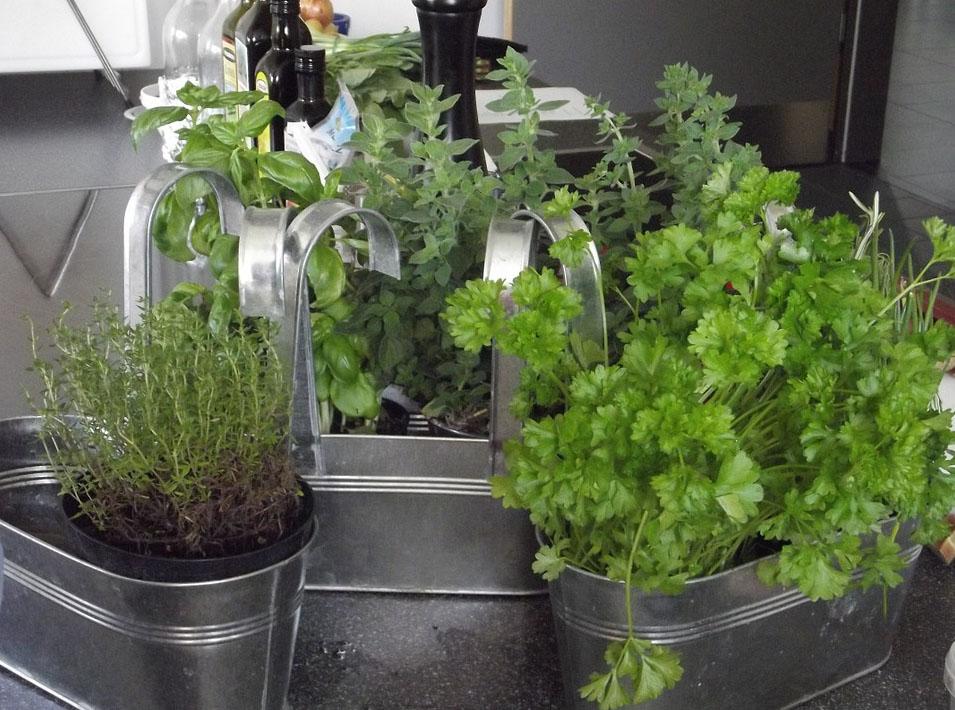
Give your greenhouse herbs a happy environment by growing them under optimum conditions. You can propagate annual and biennial herbs in greenhouses and perennial herbs from plant cuttings.
Benefits of herbs
- Help with wound healing
- Affordable nutritional supplement
- Lowers blood sugar levels
- Reduces bad cholesterol levels
- Anti-inflammatory properties
- Prevents Alzheimer’s
- Prevents several types of cancer
- Promotes healthy brain functions
- It strengthens the immune system
- It serves as an organic hair, skin, and dental care
Advantages of growing herbs in a greenhouse
You can make herbs available to you basically all year round. A greenhouse can also provide the perfect growing conditions for your herbs because you can control the elements and climate.
Sun protection
A greenhouse can give your herbs protection from extreme heat and sunlight in summer. You can create a shaded area in your greenhouse so that they won’t dry out too quickly. It is often easier to add a shade cloth to a greenhouse structure than somewhere in the garden.
Extending seasons
Growing herbs in a greenhouse in winter is a great way to extend the growing season year-round. Herbaceous perennial herbs usually die back throughout the freezing periods, but now they can be forced in your greenhouse for winter usage. They will continue growing out fresh shoots.
Overwintering
There are a variety of herbs can benefit from being placed into your greenhouse in freezing weather. Wrapping delicate and half-hardy herbs in bubble wrap to shield both roots and shoots can provide them security until the fresh growing season gets started. This is a good idea especially when their leaves start falling. Then when spring arrives, plant or move them back outside.
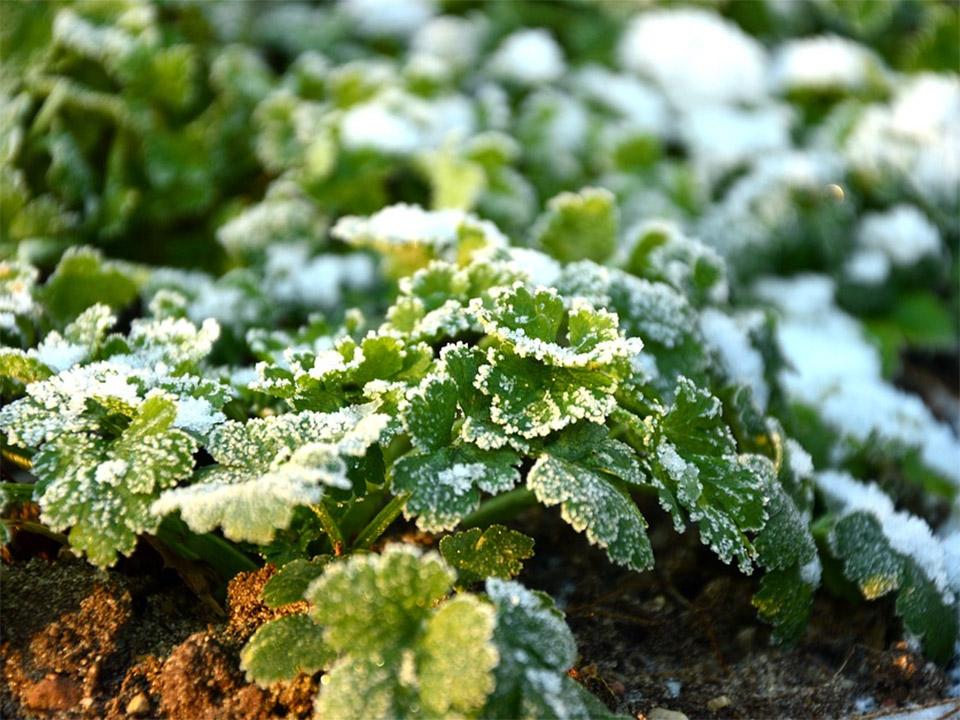
Seeding & propagation
Plant herb seeds in a healthy condition with beneficial seed fertilizer. Once they have developed mature enough, they can be transplanted into different pots or outside.
You can cultivate annual and biennials in three ways. You can grow them from seeds, propagate them from cuttings or divisions. If you are just starting out, you may buy seeds or young plants at a garden center or another local place. If you already have plants, you might be able to collect seeds, to divide existing plants, or to use cuttings in order to increase your herb plants.
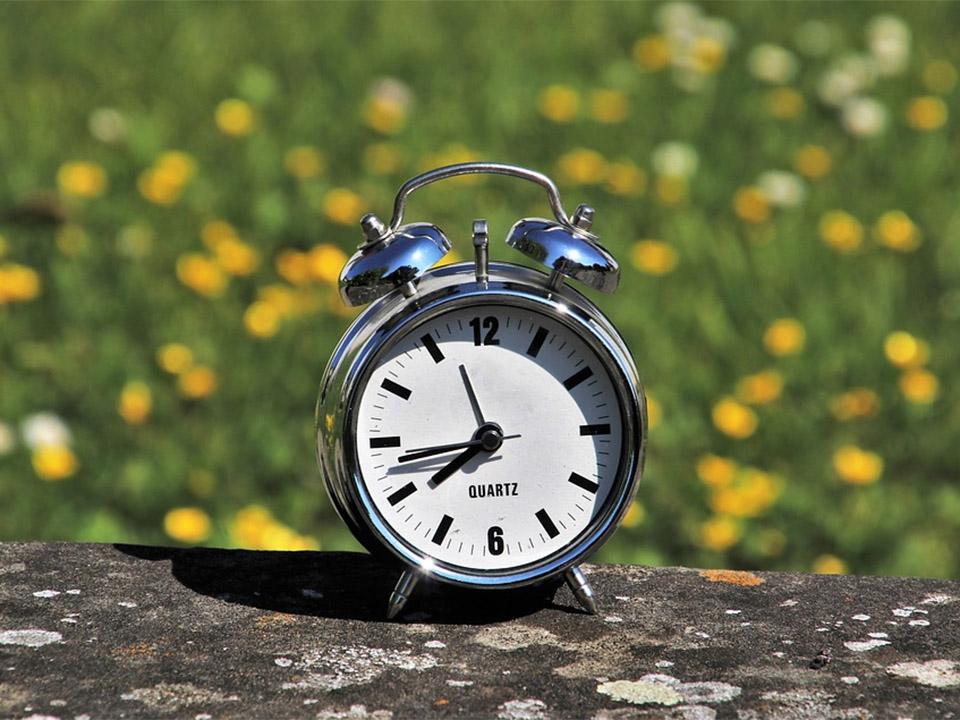
What are the things that we need to watch out for?
Sunlight
Research has revealed that ultraviolet rays from the sun, especially UV-B radiation, enhance the number of active essences in herbs. It stimulates their natural defense mechanisms, along with the production of essential oils and aroma. If you don’t get many daylight hours in winter, use a grow light to simulate the sun.
Humidity & watering
Herbs don’t like it dry. Your greenhouse should maintain a certain humidity and you should water your plants frequently. Remember that herbs need extra water throughout hot, breezy, and dry conditions. However, you shouldn’t overwater them. Keeping the soil moist is the best way to guarantee healthy herbs. Too much humidity and soggy soil can cause plant diseases.
Supply adequate water to moisten the area around the root at least six inches deep. Drip irrigation systems are cost-effective ways to water your herbs. This system avoids wasting water by utilizing it just to the root zone and limit disease by maintaining dry leaves.
Air circulation
Inadequate airflow decreases plant activity and may lead to difficulties with moisture and disease control. You can install fans in your greenhouse to distribute air evenly inside. Fans are usually installed to assist in proper airflow especially when venting is minimal.
Like it? Pin it!
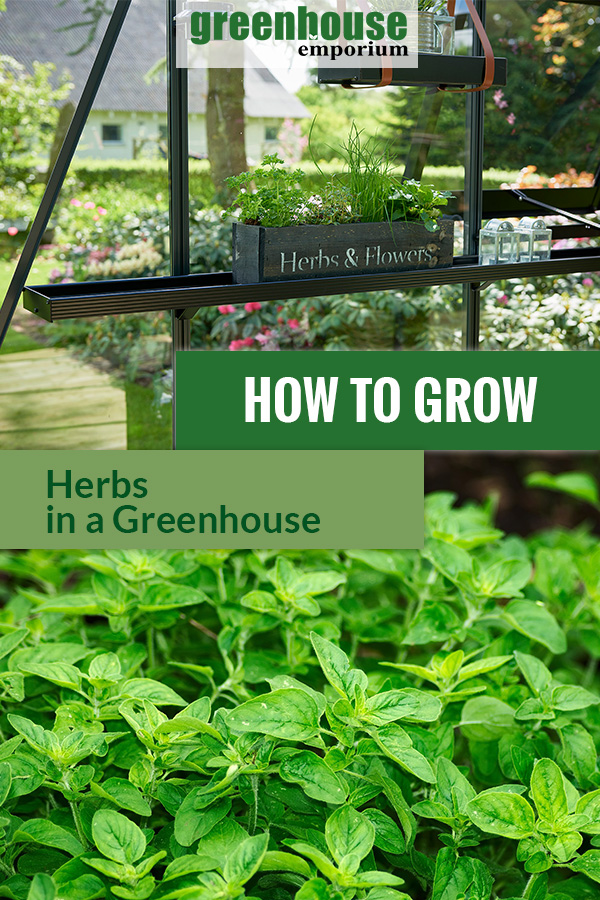
Cooling
Perform cooling in two ways. First is passive ventilation, where the wind comes in and out freely through vents. However, this may not exactly cool down the greenhouse if the outside temperature is high. Then it’s basically just circulation hot air from one place to another.
Active cooling, on the other hand, is the forced air within the greenhouse. This involves coolers, such as the RSI Evaporative Cooler. The downside is the necessity of a power source.
Carbon dioxide
The carbon dioxide concentration is 350 ppm. It is an important factor for photosynthesis. Poor concentration can generate damaging herb growth.
Heating
If you want to grow your herbs year-round, you may need a heating system in order to keep a certain temperature in your greenhouse.
There are different kinds of heating systems for each greenhouse. A combination of air heating and ground heating is very effective. Take control over air temperature and relative humidity particularly throughout winter.
Feeding
Do not over-fertilize your herbs. Follow soil test instructions and directions to understand how much fertilizer you need to apply. Do not put fresh manure as a top-dressing. You have to let it mature first in order to reduce the chance of harmful bacteria and overheating.
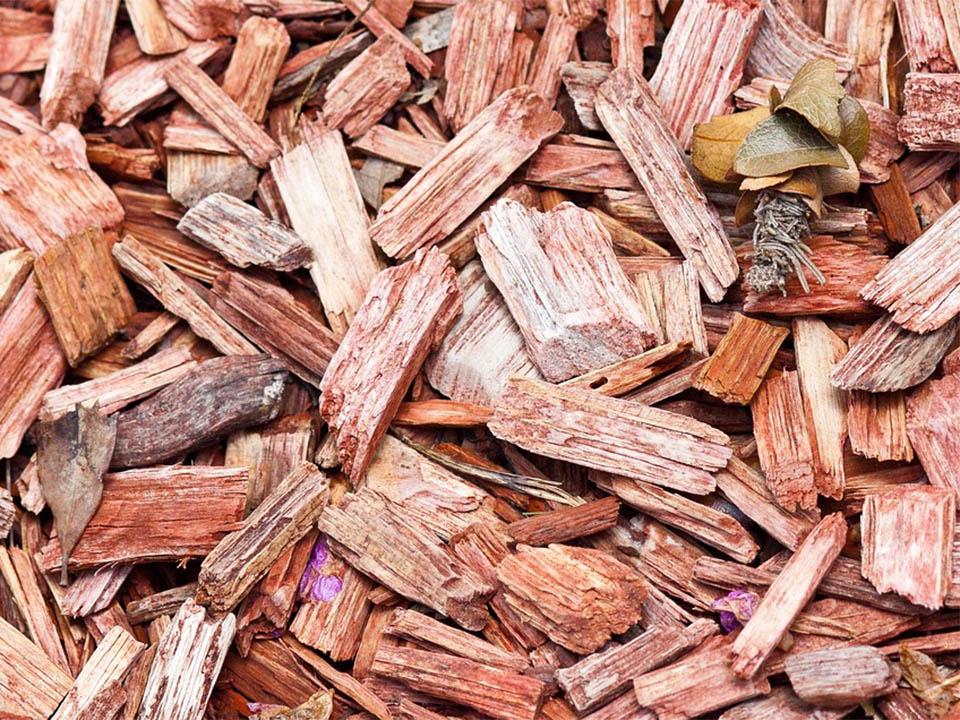
Mulching
Mulching prevents weeds from spreading. Apply a 2-3-inch layer of organic mulch. Keep it away from the crown of your herbs. Another good thing is that it preserves moisture, so you will waterless.
Taking care of your greenhouse herbs
Take plenty of time to properly organize and arrange your herb garden. Remember that the demands of your greenhouse herbs are basically the same. Check out some of them below.
Pinching
Maintain luscious and bushy herb plants by pinching 2 to 3 inches off the stem peaks. This promotes branching and fresh growth. If you want more leaves, simply pinch off any flowers that will appear.
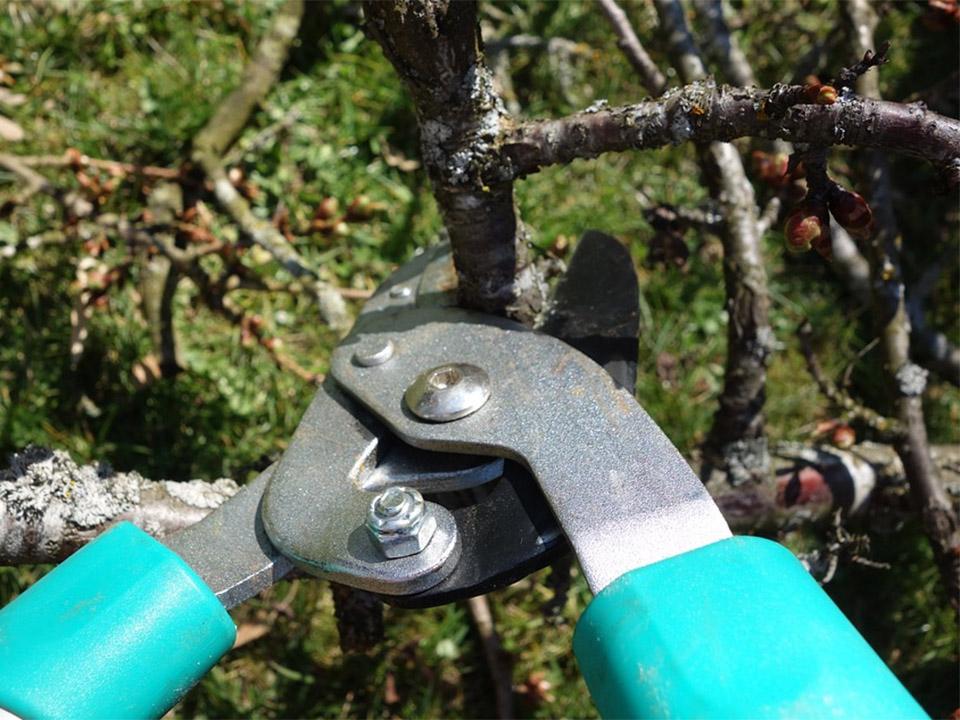
Pruning
Your herbs will grow best if you trim them regularly. Prune those dead stems of the previous year’s growth. Some perennial herbs may grow woody or thin after many years. Prune them back in spring by one-third or down to 4 inches off the ground before fresh growth starts. This promotes a more compact and full form.
Transplanting
If you grow your seedlings in seed trays or want to transplant herbs from a smaller pot into the ground, be careful to not hurt the roots.
Dig a hole about twice as wide as needed but not deeper than the current pot. Carefully pull the herb out. Plant the root ball into the hole and fill the rest with soil. Water the root zone properly to engage new growth.
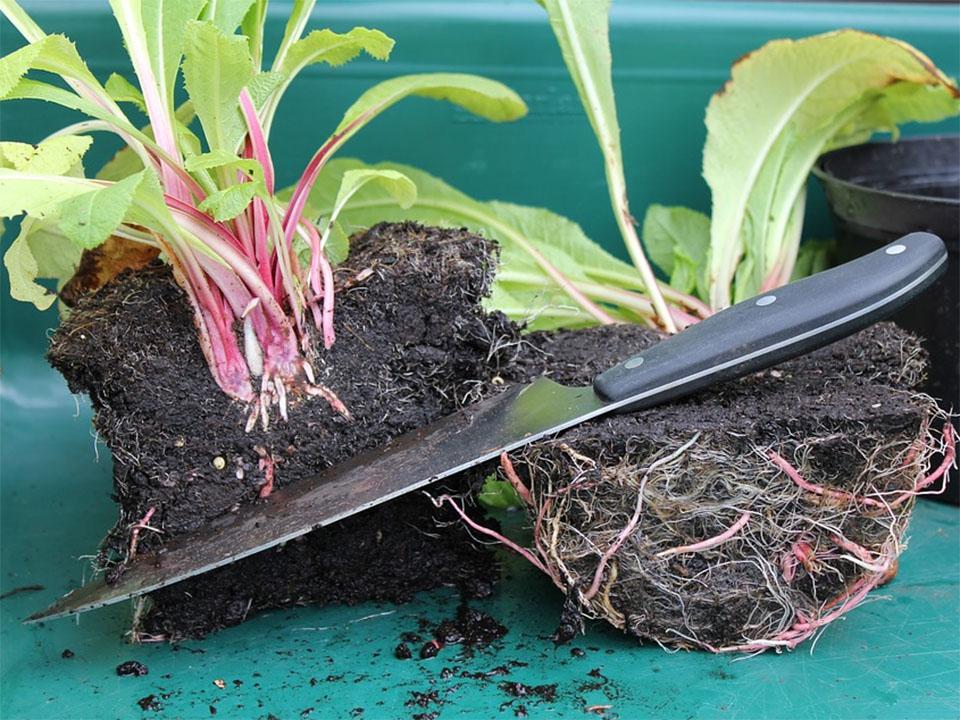
Dividing
Some perennial herbs like chives develop clumps. Thyme, for example, is spread by runners. You can dig and divide spreading and clumping herbs, especially in spring to produce more plants.
Cutting
Produce woody herbs from cuttings especially in spring. Less woody herbs like mint, oregano, and basil will develop roots easily from cuttings. Take cuttings from healthy and disease-free plants. Do not cut from flowering herbs because the plant’s energy concentrates on flowering, not developing roots.
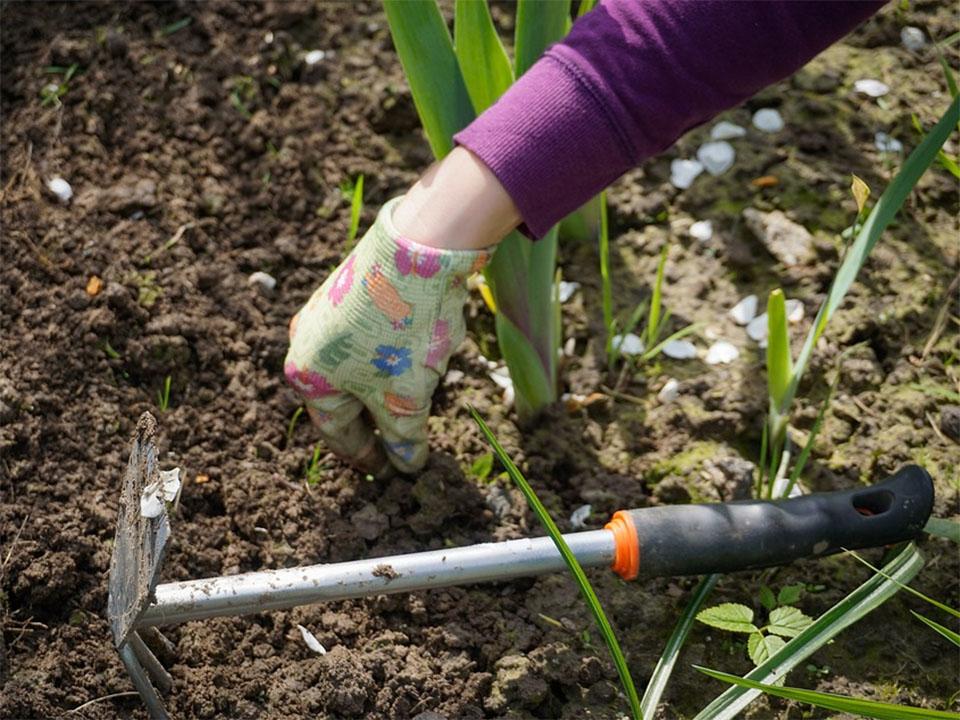
Weeding
Make sure to inspect for weeds weekly. It is easier to remove them when they are smaller. Having a lot of weeds can draw more bugs which are harmful to your herbs. They are also a competition for nutrients.
Best greenhouse accessories for growing herbs
Improve the growing conditions for herbs by acquiring some of these accessories. It will make your gardening experience enjoyable and fruitful. We already have suggested some accessories above and here are some more to consider:
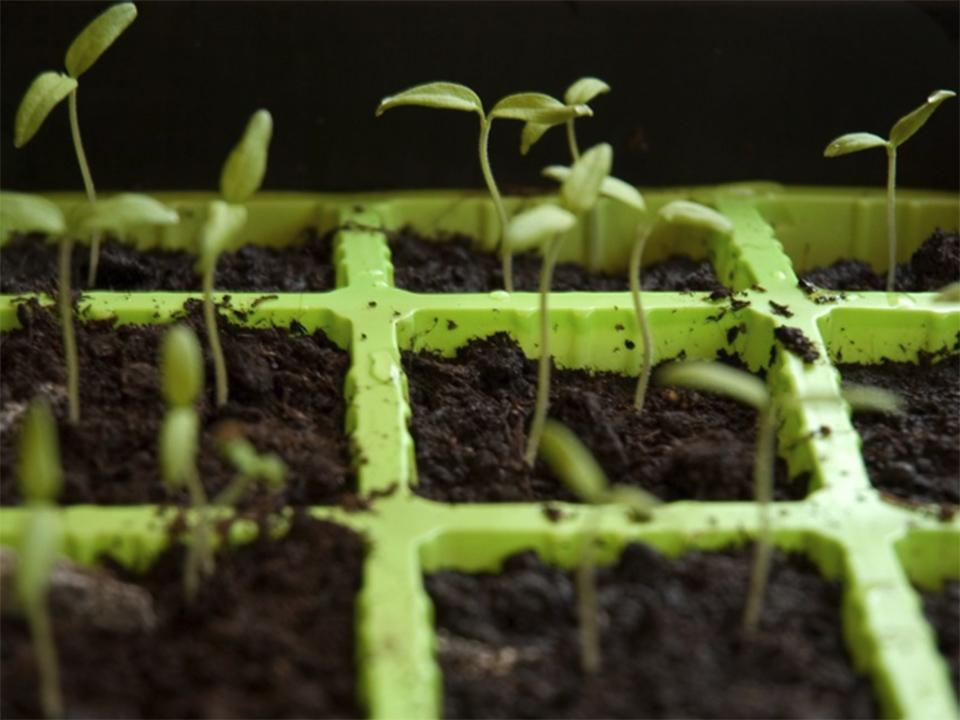
Seed trays
This is a smart way to save space inside your greenhouse. Double the number of herbs you grow from seeds and cuttings. The great thing about using seed trays is that you will prevent damages when transplanting. This will result in higher yields.
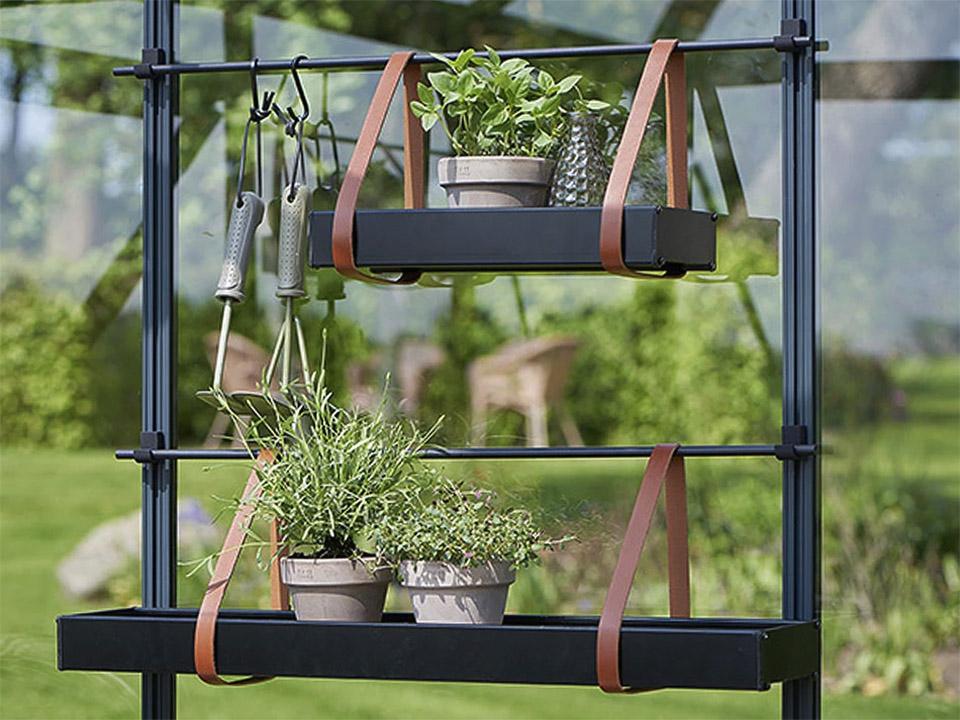
Greenhouse shelving
Utilize the vertical greenhouse space for your herbs. Shelves are a great way to organize pots. They can either be simplistic or decorative like our Juliana Shelves.
Shade cloths
A shade cloth can be woven or knitted in various densities. The variation in percentage lets different amounts of daylight to enter the greenhouse. Shade cloths are installed to lessen the heat and protect from direct sunlight during the hot season.
If you want to learn more about greenhouse accessories, check out these must-haves here.
Easy-to-grow herbs for your greenhouse
Some herbs that are easy to grow include parsley and cilantro. These aren’t the only ones, though. Below you’ll find some more easy-to-grow herbs for your greenhouse.
Psyllium
There are loads of soluble dietary fiber in psyllium. It is the main ingredient in laxatives. They help individuals cope with constipation, intestinal ulcers, cleanses the colon, and regulate cholesterol, blood pressure, and weight.
Psyllium needs full sun and normal soil. Hardly cover the seeds and maintain an evenly moist until it develops. Thin or transplant them with a six inches apart spacing.
The flower spikes will become reddish when matured and the leaves below will become dry. It is better to harvest in the morning after the dew has dried. Cut it above the ground and tie for drying.
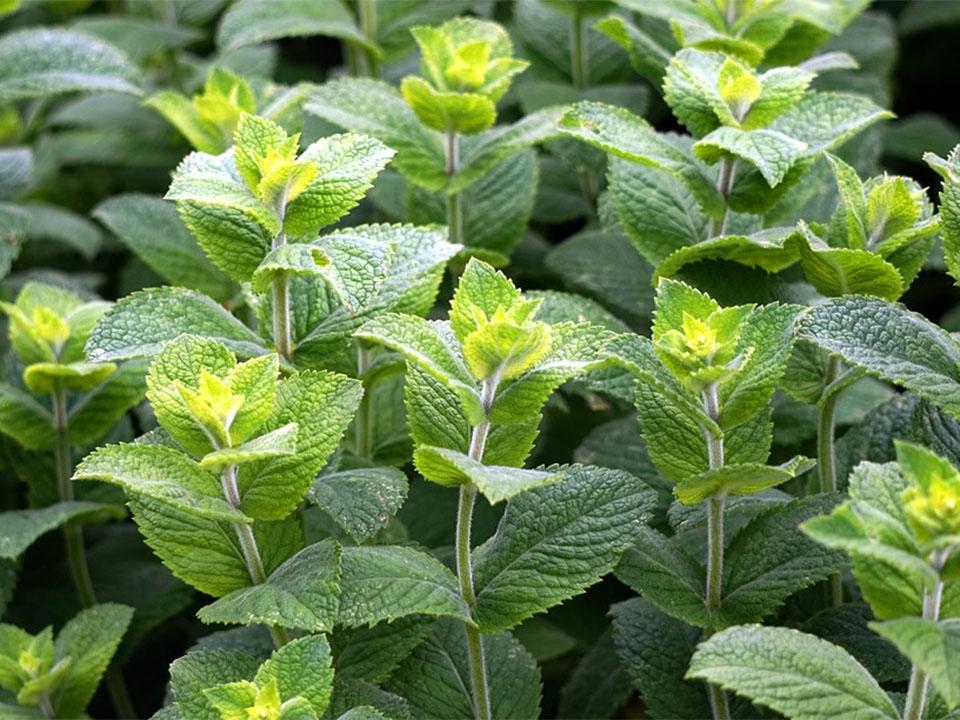
Peppermint
Peppermint is a genuinely comforting when you have an upset stomach, flatulence, or some other similar abdominal problems. This herb reduces bacterial and fungal growth. It helps alleviate sensitivities and asthma. According to research, peppermint gives positive outcomes for cancer therapy. Peppermint extract is said to cure bowel syndrome, prevent constipation, and colon illnesses.
Peppermint is remarkably easy to grow. Growing this herb demands very little effort. It thrives well in deep, rich, moist and well-drained soil.
You will only need a couple of things to harvest peppermint, a pair of sharpened clippers and a container. Pick the leaves and stems just above the ground when it reaches six to eight inches high before they flower. Morning is the best time for harvesting mint when the dew disappears.
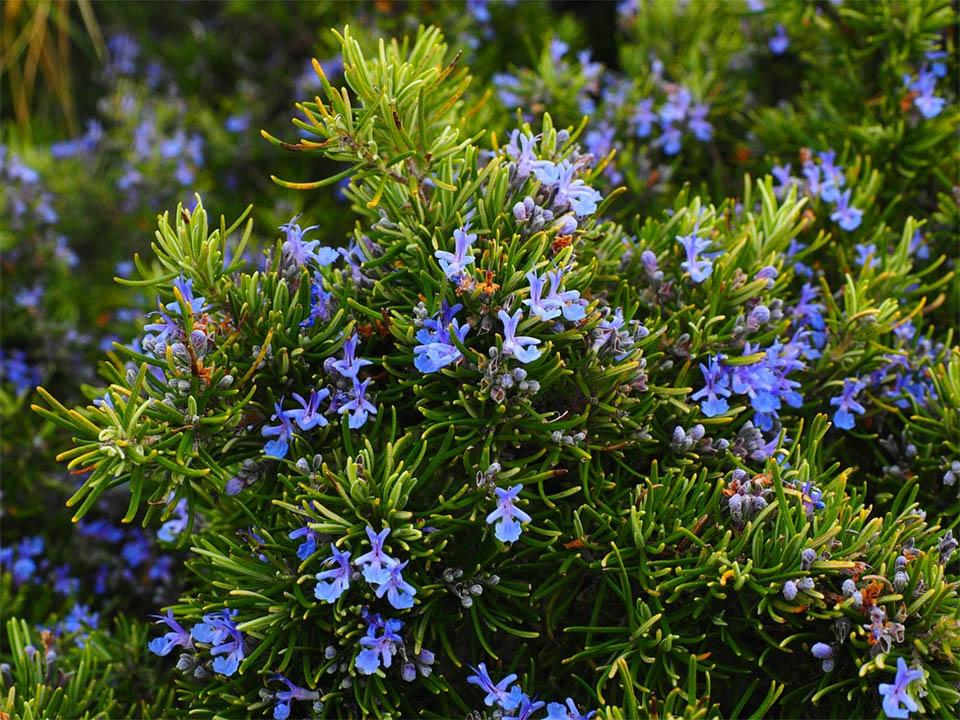
Rosemary
Rosemary has various health benefits. It stimulates our nervous, digestive, and circulatory system. It also helps improve memory, relieving stress and depression. This herb improves urine production. Rosemary oil is useful for hair and skin care.
Rosemary is so easy to grow in pots. You can normally reproduce them by cuttings. Mist the cuttings every day and be sure that the soil will not dry out. To keep it flourishing, provide a sandy, well-draining soil with six to eight hours of complete sunshine.
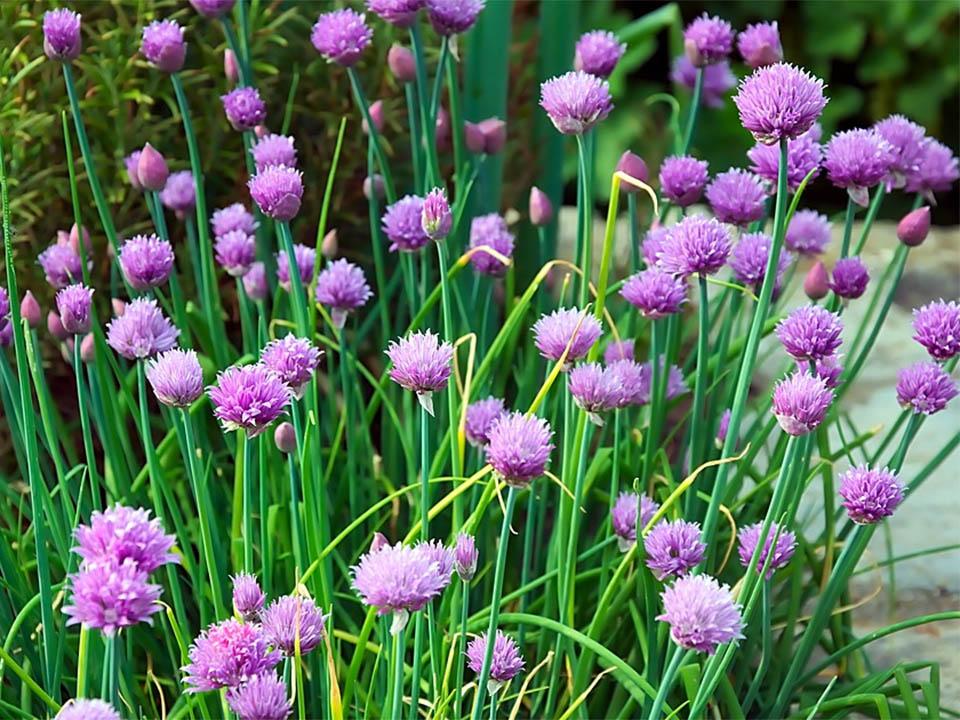
Chives
Chives belong to the onion species. It improves metabolism and stimulates your appetite. They can prevent cancer from advancing, particularly prostate cancer. They also help in relieving tiredness and have soothing anti-inflammatory features. This herb kills the bad bacteria in your stomach and colon.
Chives can thrive in most soils. They love a spot with full sun but not every day. Add lots of well-rotted compost or manure and dig in before planting. This herb will die down when the first winter temperature drops. Raise your herbs in a frost-free place such as a greenhouse so you can harvest them for an additional month or so.
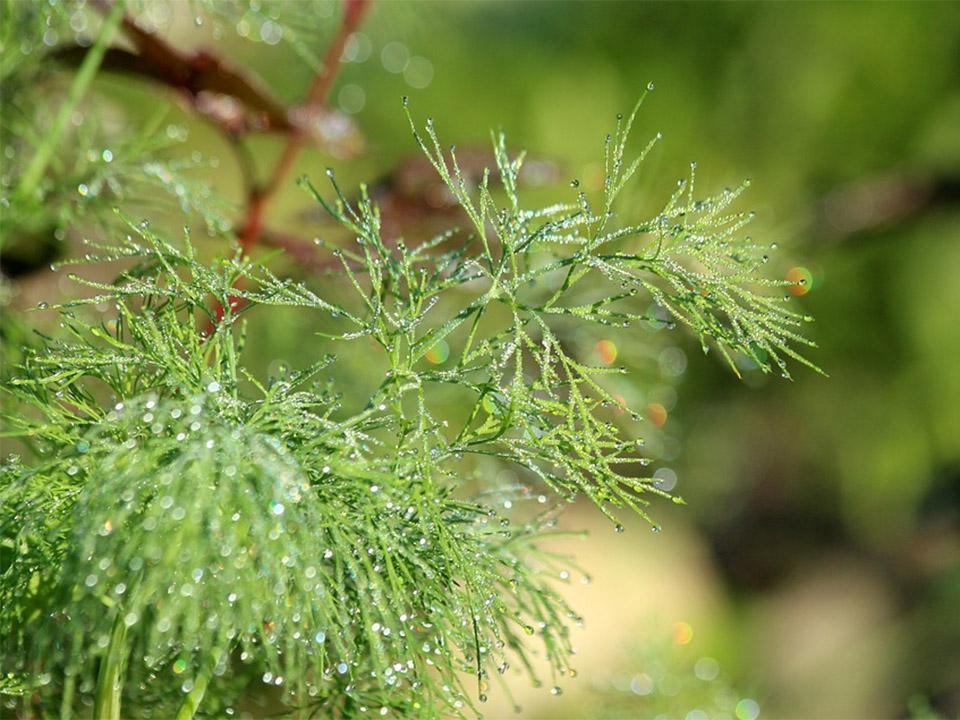
Dill
Dill helps in dealing efficiently with health issues like heartburn, diarrhea, insomnia, hiccups, respiratory and menstrual disorders, cancer, and a whole lot more. This herb contains a chemical compound called eugenol. It is a light oil that has strong antibacterial and anesthetic power. It also helps in the production of breast milk. It is also an excellent source of various essential vitamins and minerals.
This herb thrives in soil with a 6 to 7.5 pH level. It is a Mediterranean herb that is why they love the sun so much. Water until the soil is moist.
Dill is expected to grow high. Stake them if they reach ten inches high. Their leaves are ready to harvest in six to eight weeks after sowing.
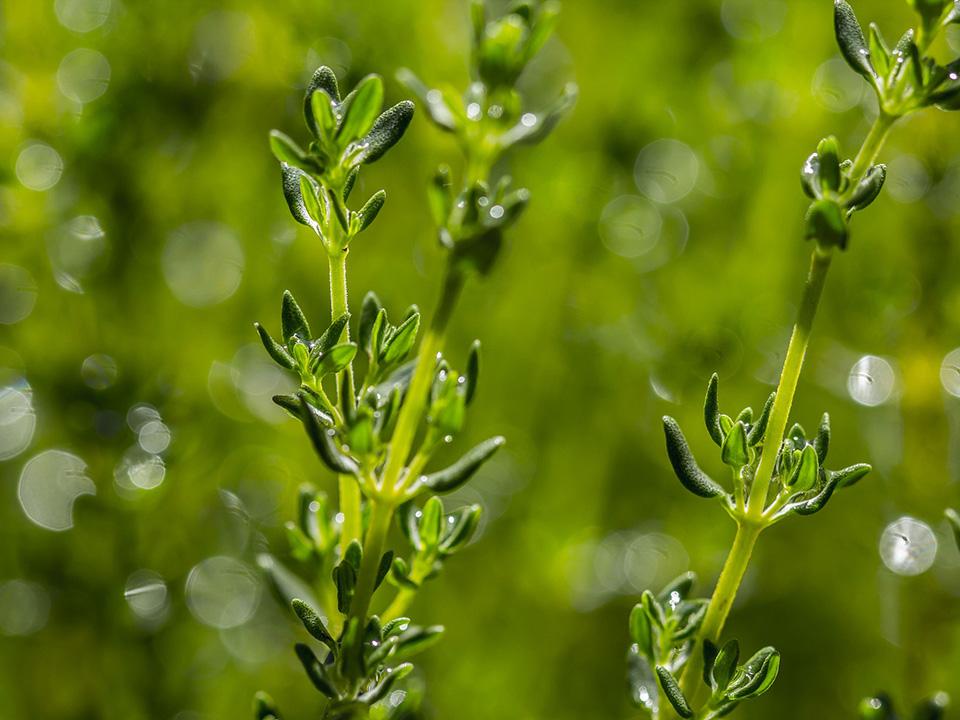
Thyme
This aromatic herb is not just good for dishes, it is a great herb for teas. Thyme is often used in teas for colds and flus because of its antibacterial properties. This is not the only benefit thyme has though. It appears to have many health-related benefits.
That’s why it is great to grow your own thyme. It is an easy herb to grow in a greenhouse. As it is a woody type of plant, you can plant it from cuttings.
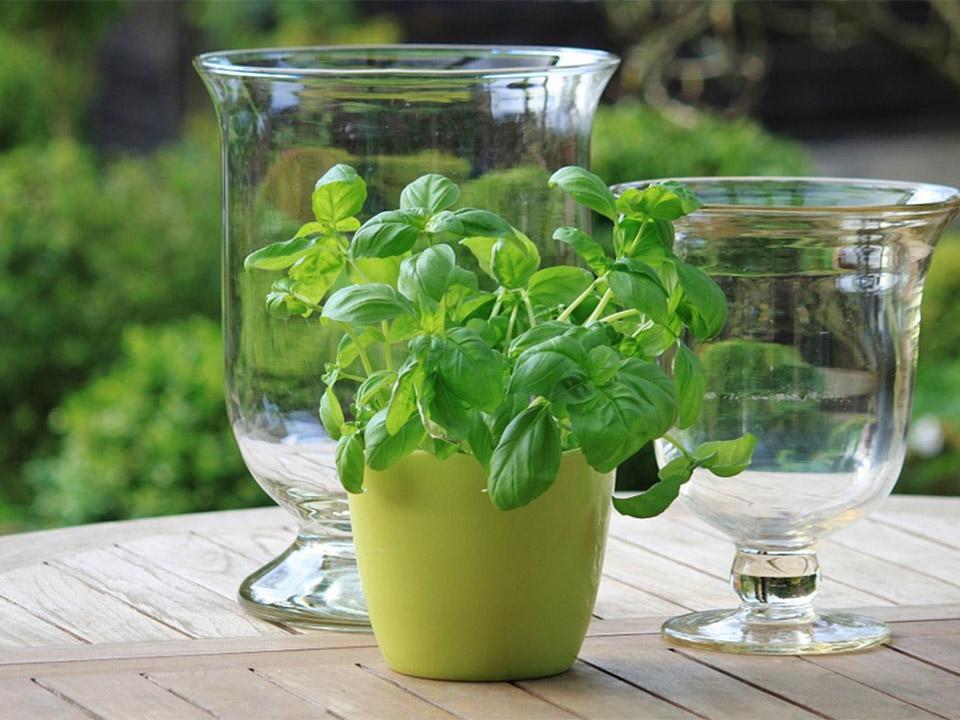
Basil
Basil is also called Saint Joseph’s Wort which belongs to the mint family. Basil is a powerful antibacterial that is beneficial to reduce inflammation. It also contains phytochemicals that prevent cancer. The legendary use of the basil as an anti-aging substance is known worldwide.
Everybody can raise basil in a greenhouse and even without a garden. The soil needs to be free-draining and with sufficient nutrients. Keep your pots on a sunny indoor windowsill or inside a greenhouse.
Basil cannot bear the frost. It needs watering, especially in dry weather, particularly after planting. Consistent harvesting of shoot tips will help your herb remain thick and healthy.
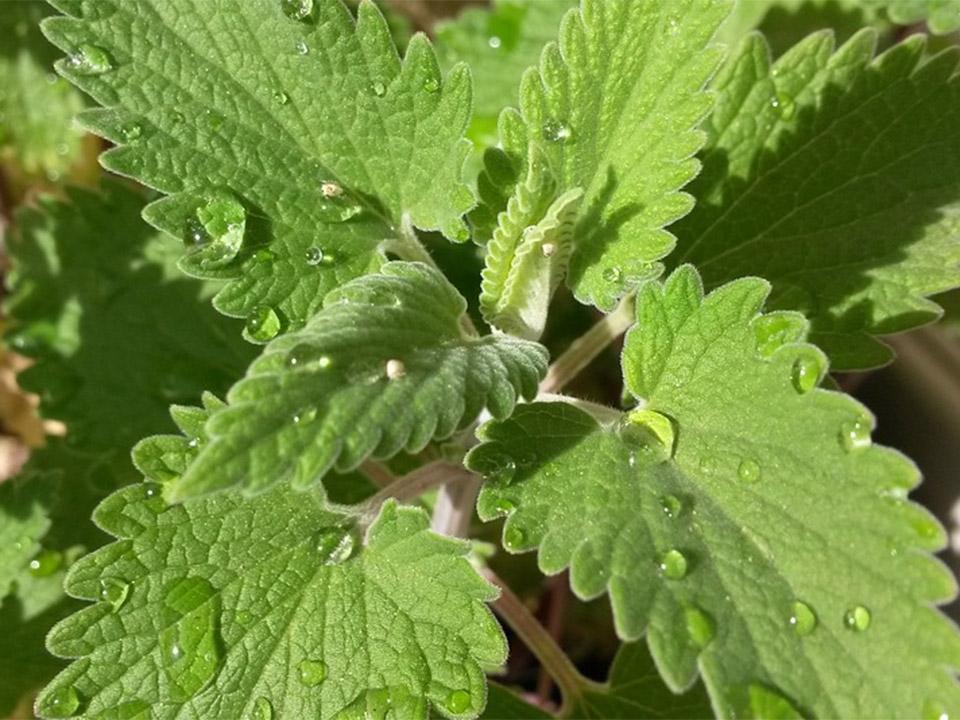
Catnip
The value of catnip leaves and flowers in teas have been dated back since the early 1730s. It can treat heartburn, abdominal cramps, diarrhea, colic, and even colds. It also urges menstruation, improves appetite, soothes respiratory diseases, and works as a sedative. Catnip can get rid of insomnia, reduce stress, alleviate nervous disorders. It is also a helpful medication for insect bites.
It is an awesome plant to grow indoors. Your cats will surely love it. Catnip is a member of the mint and lemon balm family. It is observed to increase rapidly.
They need a constant supply of water and they recover easily from wilt. It thrives best in a sunny spot. Make sure to pinch out the flowers to stimulate leaf growth.
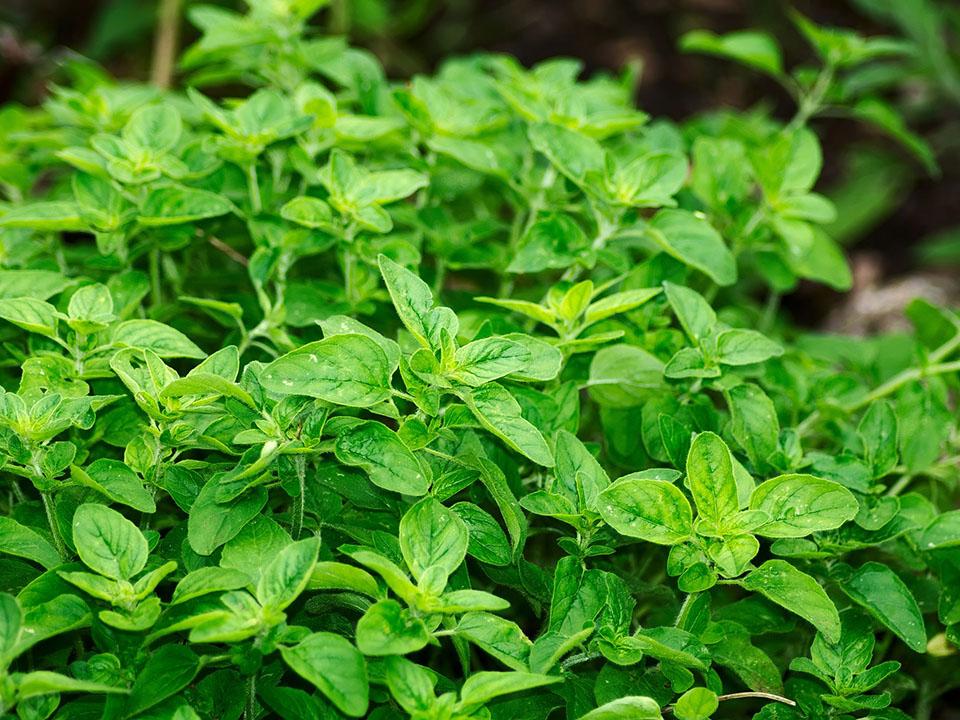
Oregano
Not just a pizza topping, oregano has lots of other benefits besides the culinary taste. It is high in anti-oxidants and has anti-flammatory as well as anti-bacterial properties. Before it became popular for cooking it was used for medicinal practices.
Oregano is fairly easy to grow indoors or in a greenhouse. There isn’t much you can do wrong. It loves the sun and doesn’t need much water.
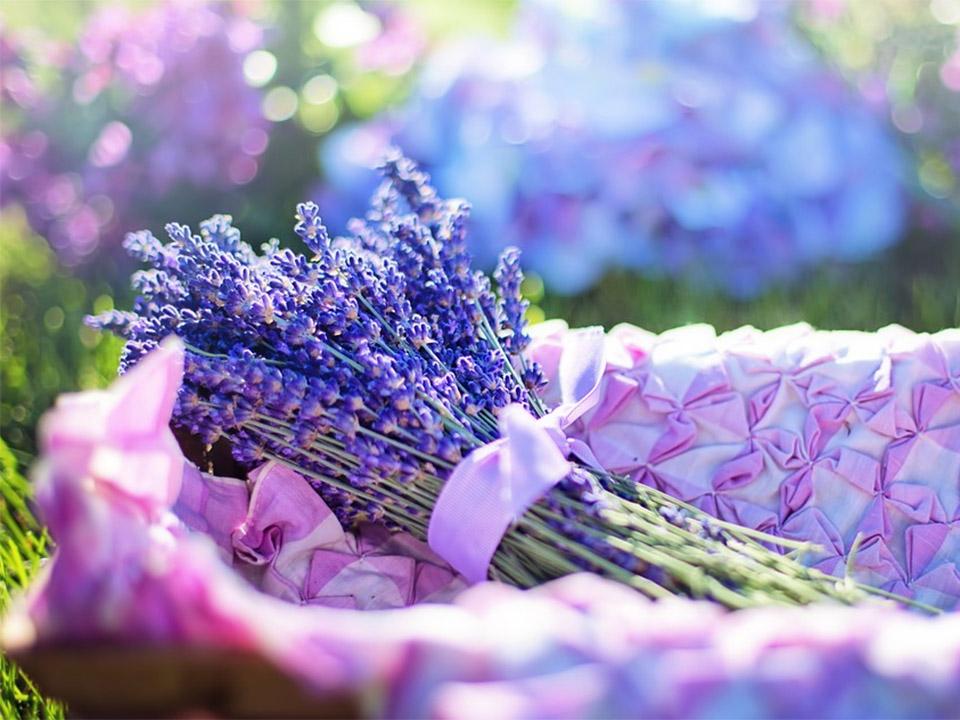
Lavender
Lavender is a symbol of pureness and cleanliness. This fragrant herb promotes healing, reduces muscle stress, and reduces anxiety. It also improves the circulatory and nervous systems. Nowadays, a lot of shops sell lavender perfumes, soaps, oils, and other cosmetics.
It is so easy to grow lavender. This is great for beginners. Put three to four seeds in a cell to ensure proper propagation. A useful rule of thumb is to set lavender as far away because it is supposed to grow high.
We recommend lean soil for healthier lavender. Keeping them in a spot where it will receive six or more hours of sunshine is excellent. If the soil is very acidic, just combine a bit of lime each month. Harvest the stems as soon as the flowers start to bloom.
Learning how to grow herbs in a greenhouse has a lot of benefits. It can be therapeutic, culinary, or simply just a hobby. These tips will surely make your gardening venture so refreshing in many ways.

